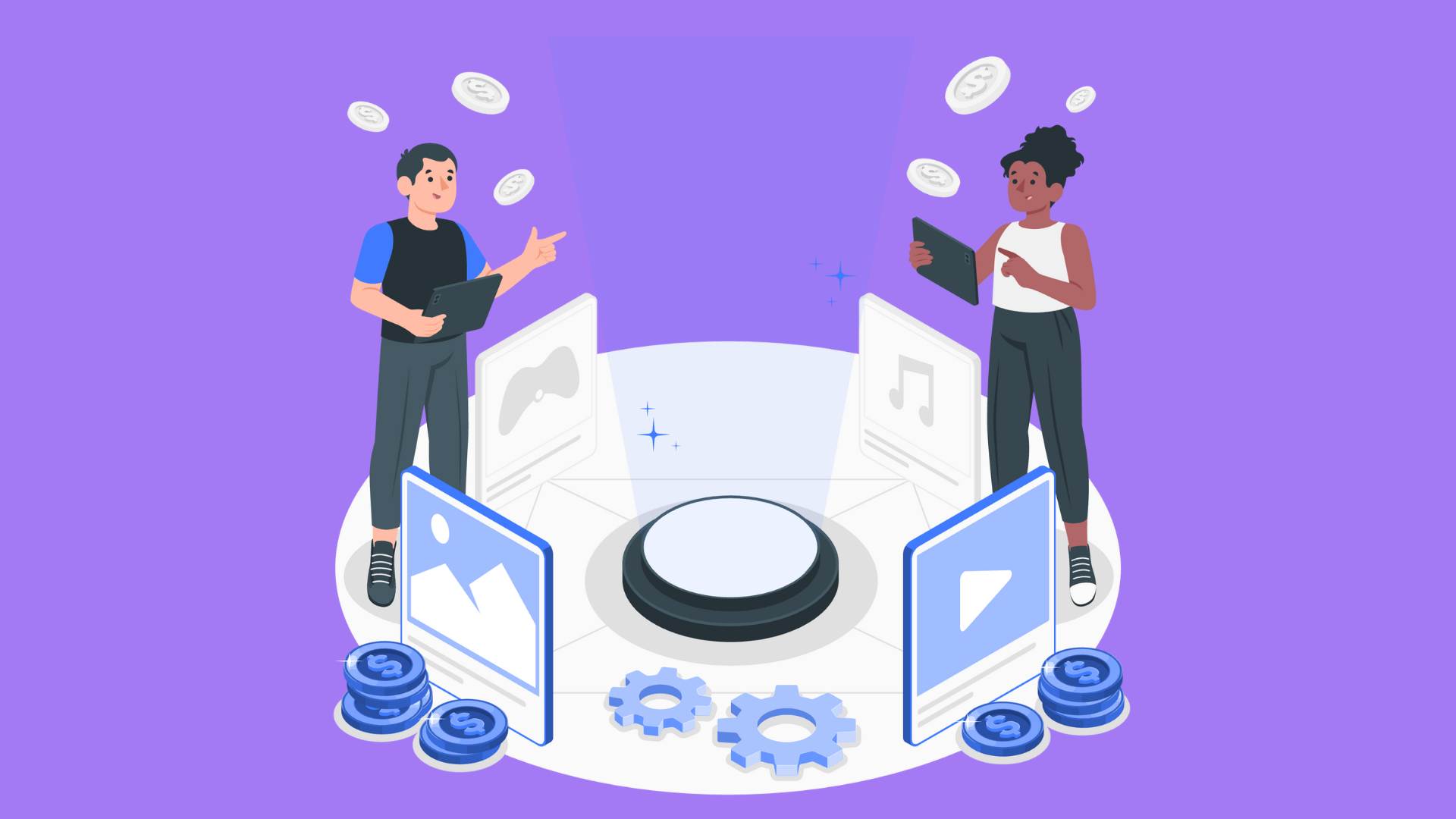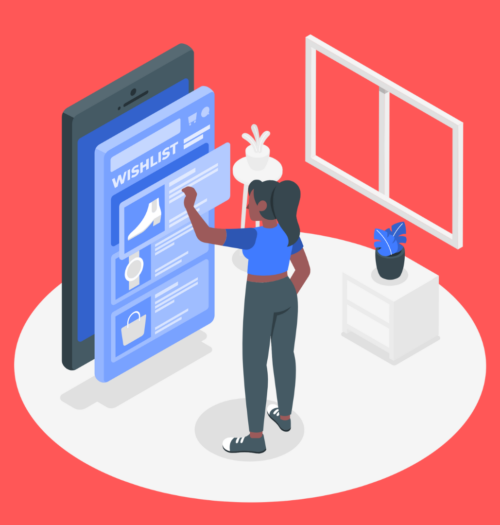Improving Employee Morale and Productivity Through Engaging Quizzes



Maintaining high employee morale and productivity is crucial for organizational success. One innovative and effective method to achieve this is through the strategic use of quizzes. This article explores how well-designed quizzes can significantly enhance workplace atmosphere, team cohesion, and overall productivity.
Understanding the Power of Quizzes in the Workplace
Quizzes, when implemented thoughtfully, can be powerful tools for employee engagement. They offer a blend of learning, fun, and healthy competition that can reinvigorate a team’s spirit and boost productivity. By tapping into the natural human desire for knowledge and achievement, quizzes can create a positive and stimulating work environment.
Benefits of Implementing Quizzes for Employees
1. Enhanced Learning and Skill Development
Quizzes serve as excellent vehicles for continuous learning. They can be tailored to cover industry-specific knowledge, company policies, or general skills relevant to the workplace. Regular quizzes keep employees engaged with important information and encourage ongoing professional development.
2. Improved Team Bonding
Group quizzes foster a sense of camaraderie among team members. They provide opportunities for colleagues to work together, share knowledge, and celebrate collective achievements. This collaborative aspect can significantly improve team dynamics and interpersonal relationships in the workplace.
3. Stress Relief and Mental Breaks
Well-timed quizzes can offer much-needed mental breaks during the workday. They provide a brief respite from routine tasks, allowing employees to refresh their minds and return to work with renewed focus and energy.
4. Increased Motivation through Gamification
By introducing elements of gamification through quizzes, companies can tap into employees’ competitive spirit. Leaderboards, recognition badges, or small rewards for top performers can motivate staff to engage more deeply with their work and strive for excellence.
5. Data-Driven Insights for Management
Quizzes can provide valuable data on employee knowledge gaps, allowing management to tailor training programs more effectively. This data-driven approach ensures that learning and development initiatives are targeted and efficient.
Key Statistics: The Impact of Quizzes on Employee Engagement and Productivity
To underscore the importance of quizzes in the workplace, let’s examine some key statistics that highlight their impact on employee engagement, learning, and productivity:
- 70% Increase in Knowledge Retention: According to a study by the Research Institute of America, quizzes can increase knowledge retention by up to 70% compared to traditional learning methods. This significant boost in retention demonstrates the effectiveness of quizzes as a learning tool in the workplace.
- 87% of Employees Consider Learning and Development Important: A LinkedIn Workplace Learning Report found that 87% of employees believe professional development is important. Quizzes, as part of a broader learning strategy, can help meet this desire for growth and development.
- 34% Higher Productivity with Engaged Employees: Gallup reports that highly engaged teams show 21% greater profitability and are 34% more productive. Regular, engaging quizzes can contribute to overall employee engagement, potentially leading to these substantial productivity gains.
- 5x Increase in Learning Experience: According to the eLearning Industry, gamification elements like quizzes can improve the learning experience by up to 5 times. This statistic underscores the power of interactive learning methods in enhancing employee education.
- 23% Higher Profitability for Companies with Engaged Employees: Another Gallup study found that companies with high employee engagement were 23% more profitable than those with low engagement. Quizzes, as an engagement tool, can play a role in driving this increased profitability.
- 40% Lower Absenteeism: The same Gallup study revealed that highly engaged workplaces saw 41% lower absenteeism. While quizzes alone may not directly cause this, they contribute to an engaging work environment that can lead to such positive outcomes.
These statistics highlight the potential of well-implemented quiz programs to significantly impact employee engagement, learning outcomes, and overall organizational performance. By leveraging quizzes as part of a comprehensive employee development strategy, companies can tap into these benefits and create a more productive, knowledgeable, and engaged workforce.
Designing Effective Workplace Quizzes
Relevance is Key
Ensure that quiz content is directly relevant to employees’ roles and the company’s objectives. This relevance makes the activity more meaningful and increases engagement.
Vary Quiz Formats
Incorporate different types of quizzes to keep the experience fresh and engaging. Options include multiple-choice, true/false, picture quizzes, and even interactive scenario-based questions.
Balance Difficulty Levels
Strike a balance between challenging and achievable executive interview questions to ensure they are neither too easy nor too difficult Quizzes that are too easy may be seen as trivial, while overly difficult ones can be discouraging.
Incorporate Feedback Mechanisms
Provide immediate feedback after each quiz. Explain correct answers and offer additional resources for learning. This turns each quiz into a valuable learning experience.
Use Technology Wisely
Leverage digital platforms, including AI chatbot solutions, for quiz delivery. Many online tools allow for easy quiz creation, distribution, and result tracking, making the process efficient for both employees and administrators.
Implementing a Successful Quiz Program
1. Set Clear Objectives
Define what you want to achieve with your quiz program. Whether it’s improving product knowledge, enhancing safety awareness, or boosting team morale, having clear goals will guide your quiz design and implementation.
2. Create a Regular Schedule
Consistency is key. Establish a regular quiz schedule that employees can anticipate and prepare for. This could be weekly, bi-weekly, or monthly, depending on your organization’s needs.
3. Encourage Participation
While participation should ideally be voluntary, encourage it through positive reinforcement and small incentives. Recognition for top performers or most improved participants can boost engagement. Consider incentivising employees with paid time off, gift cards, or event tickets, for example.
Participation rates can reveal how engaged your employees are, but maintaining this engagement often depends on how well you handle day-to-day HR tasks. A smooth leave portal can reduce friction and help employees feel supported, freeing them to focus on participating in and benefiting from programs like quizzes.
4. Gather and Act on Feedback
Regularly collect feedback from employees about the quiz program. Use this input to refine and improve the quizzes, ensuring they remain relevant and engaging.
5. Align with Company Culture
Ensure that the tone and content of your quizzes align with your company culture. This alignment helps reinforce organizational values and creates a cohesive employee experience.
Common Mistakes in Workplace Quiz Programs
While quizzes can be highly effective, there are several pitfalls to avoid. Here are five common mistakes and how to steer clear of them:
1. Overemphasis on Competition
Mistake: Focusing too heavily on competition can create stress and division among employees.
Why it occurs: The desire to motivate through competition can sometimes overshadow the primary goals of learning and team building.
How to avoid: Balance competitive elements with collaborative activities. Emphasize personal improvement and team achievements alongside individual performance.
2. Irrelevant or Outdated Content
Mistake: Using quiz content that isn’t relevant to employees’ roles or contains outdated information.
Why it occurs: Lack of regular content review and update, or insufficient input from various departments.
How to avoid: Regularly review and update quiz content. Involve department heads in the content creation process to ensure relevance and accuracy.
3. Neglecting Learning Outcomes
Mistake: Focusing on quiz completion rates rather than actual learning and skill improvement.
Why it occurs: It’s easier to measure participation than knowledge retention or skill application.
How to avoid: Implement follow-up assessments or practical applications of quiz content to gauge true learning outcomes.
4. Inconsistent Implementation
Mistake: Lack of regularity or follow-through in quiz programs.
Why it occurs: Initial enthusiasm wanes, or other priorities take precedence.
How to avoid: Set a consistent schedule and stick to it. Assign responsibility for the program to ensure its continuation.
5. Ignoring Accessibility Needs
Mistake: Designing quizzes that aren’t accessible to all employees, including those with disabilities.
Why it occurs: Oversight or lack of awareness about diverse employee needs.
How to avoid: Ensure quizzes are compatible with screen readers, offer alternative formats, and consider language barriers for non-native speakers.
Measuring the Impact of Your Quiz Program
To ensure your quiz program is effectively boosting morale and productivity, it’s essential to measure its impact. Here are some key metrics to consider:
- Participation rates
- Quiz scores and improvement over time
- Employee feedback and satisfaction surveys
- Productivity metrics before and after quiz implementation
- Team collaboration indicators
Regularly analyzing these metrics will help you refine your quiz program and demonstrate its value to stakeholders. You can also push the fillout rate by offering your employees some gifts (i.e. you can gift them a custom t-shirt with the company logo to boost engagement). For evaluating different tools and methods, consider looking at OSI reviews vs. Fera.
Conclusion: Quizzes as a Catalyst for Workplace Excellence
When implemented thoughtfully, quizzes can be a powerful tool for boosting employee morale and productivity. They offer a unique blend of learning, engagement, and team building that can transform workplace dynamics. By avoiding common pitfalls and focusing on creating relevant, engaging, and inclusive quiz experiences, organizations can harness the full potential of this versatile tool.
As you embark on or refine your workplace quiz program, remember that the ultimate goal is to create a more knowledgeable, engaged, and cohesive workforce. With creativity, consistency, and a commitment to continuous improvement, your quiz program can become a cornerstone of your organization’s learning and development strategy, driving both employee satisfaction and business success.



